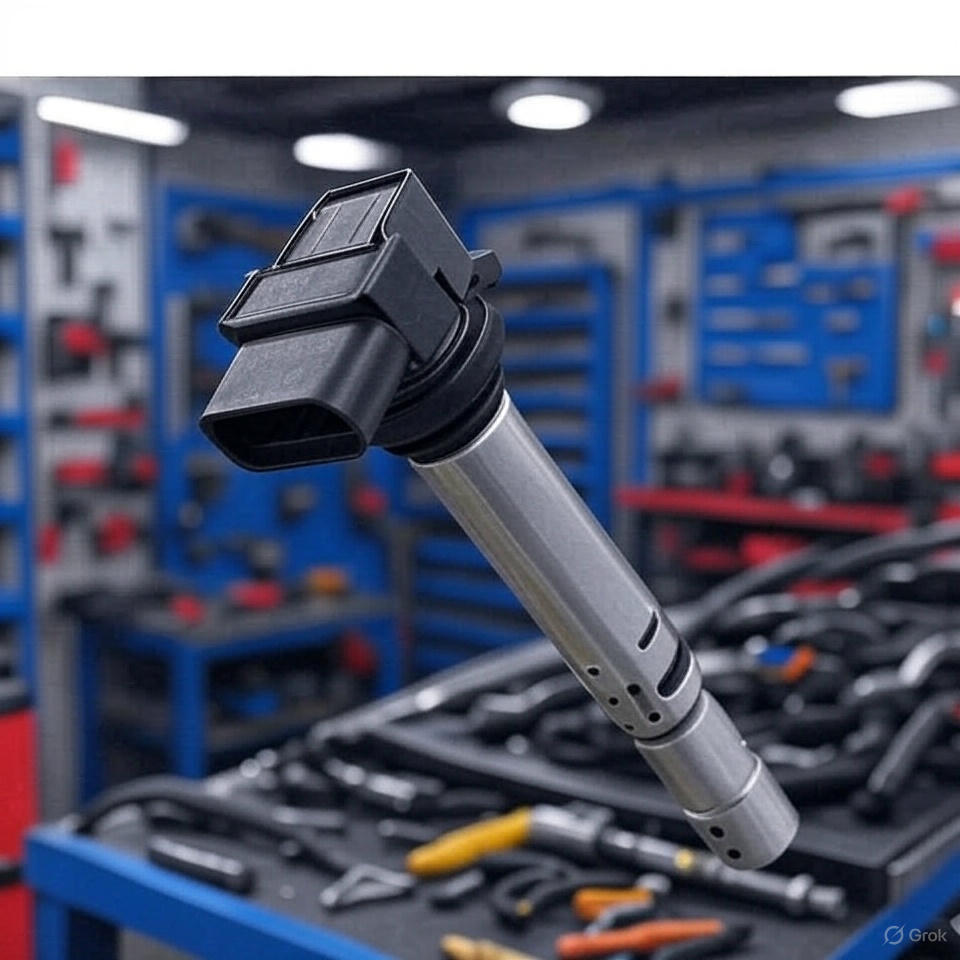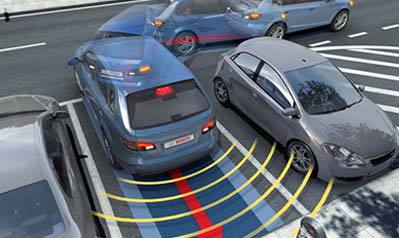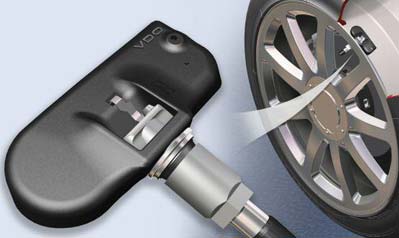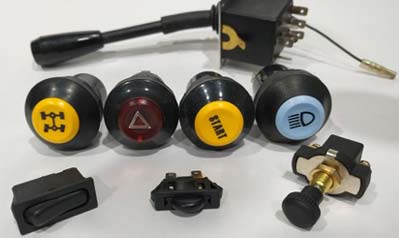Welcome to May Auto Parts Manufacturing & Supplying (MAPMS)
Welcome to May Auto Parts Manufacturing & Supplying (MAPMS)
Learn to recognize the five common signs of a failing ignition coil in your car, such as the check engine light, engine misfires, poor fuel economy, backfiring, and difficulty starting. Discover how to replace a faulty ignition coil with this step-by-step guide, and ensure optimal performance with high-quality ignition coils from MAPMS.
The ignition coil is a critical component of your car’s ignition system, transforming the battery’s low voltage into the high voltage needed to spark the spark plugs. A failing ignition coil can cause significant engine issues, from misfires to complete failure to start. Recognizing the signs early and replacing the faulty coil with a high-quality part can prevent costly repairs. This article outlines five common signs of a failing ignition coil and provides a guide to fixing it.
Here are five key indicators that your ignition coil may need replacement:
Check Engine Light: The check engine light often illuminates when the vehicle’s onboard diagnostics detect an ignition coil issue, typically accompanied by a trouble code, signaling a need for further inspection (HowStuffWorks).
Engine Misfires: Misfires cause rough idling, shaking, or loss of power, especially during acceleration, due to improper combustion, which can degrade engine performance.
Poor Fuel Economy: Incomplete combustion from a faulty coil leads to increased fuel consumption, noticeable at the gas pump.
Backfiring: Unburned fuel escaping into the exhaust can ignite, causing loud bangs and potential damage to the exhaust system.
Hard Starting or No Start: A failing coil may prevent the engine from starting by failing to deliver sufficient voltage to the spark plugs, leaving you stranded.

Replacing an ignition coil is a manageable DIY task with the right tools and precautions:
Safety Precautions: Work on a cool engine, set the vehicle in park or neutral with the parking brake on, and disconnect the battery’s negative terminal to avoid electrical hazards.
Locate the Coil: Find the ignition coils, typically on top of the engine in coil-on-plug systems or under the distributor cap in older models.
Remove the Faulty Coil: For coil-on-plug systems, pull the coil off the spark plug; for distributor systems, remove the cap and disconnect the coil wire.
Install the New Coil: Securely attach the new coil to the spark plug or distributor, ensuring proper connection.
Test the System: Reconnect the battery and start the engine to ensure the issue is resolved, checking for smooth operation.
At MAPMS, our ignition coils are designed to deliver consistent, powerful sparks for efficient combustion. Our range includes pencil type, coil-on-plug, block, rail, distributor, oil-filled, and natural gas variants, all crafted to enhance engine performance. Produced in IATF 16949-certified facilities and rigorously tested, MAPMS ignition coils ensure reliability and durability, making them ideal car ignition parts for any vehicle.
A failing ignition coil can disrupt your vehicle’s performance, but early detection and replacement with quality ignition system parts can prevent further damage. MAPMS offers high-performance ignition coils to keep your engine running smoothly. Act promptly to maintain your car’s efficiency and avoid costly repairs.
[1] HowStuffWorks. "A Beginner's Guide to Ignition Coil Replacement?" Retrieved from https://auto.howstuffworks.com/ignition-coil.htm
[2] HELLA. "Ignition coil – checking, measuring, faults." Retrieved from https://www.hella.com/techworld/us/technical/car-electronics-and-electrics/check-ignition-coil/
[3] Stevenson, R., Palma, R., Yang, C., Park, S., et al. (2007). "Comprehensive Modeling of Automotive Ignition Systems." SAE Technical Paper 2007-01-1589. doi:10.4271/2007-01-1589
Popular Automotive Spare Parts
 How to Choose the Best Spark Plugs for Your Car: A Buyer’s Guide
READ MORE >
How to Choose the Best Spark Plugs for Your Car: A Buyer’s Guide
READ MORE >
 What Do Coil Packs Do On A Car?
READ MORE >
What Do Coil Packs Do On A Car?
READ MORE >
 The Silent Purifiers: How Car Fuel Filters Ensure Optimal Engine Health
READ MORE >
The Silent Purifiers: How Car Fuel Filters Ensure Optimal Engine Health
READ MORE >


